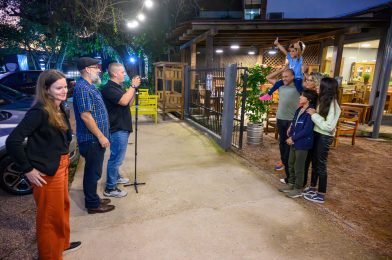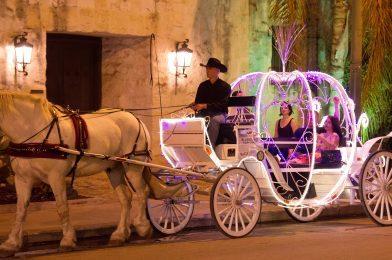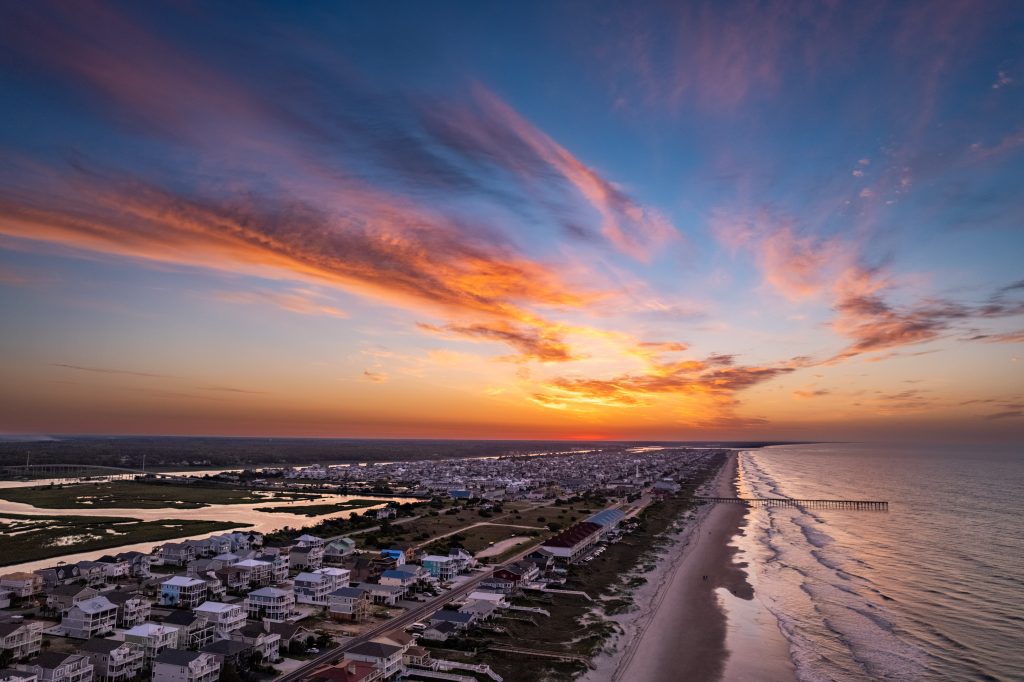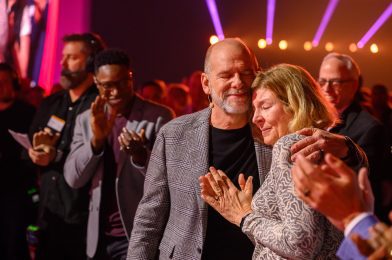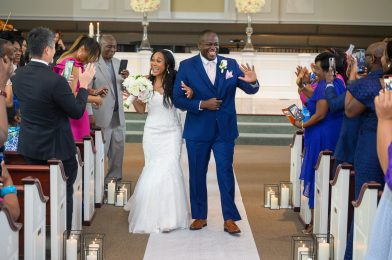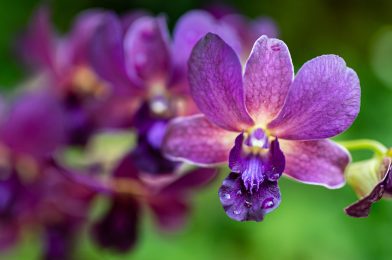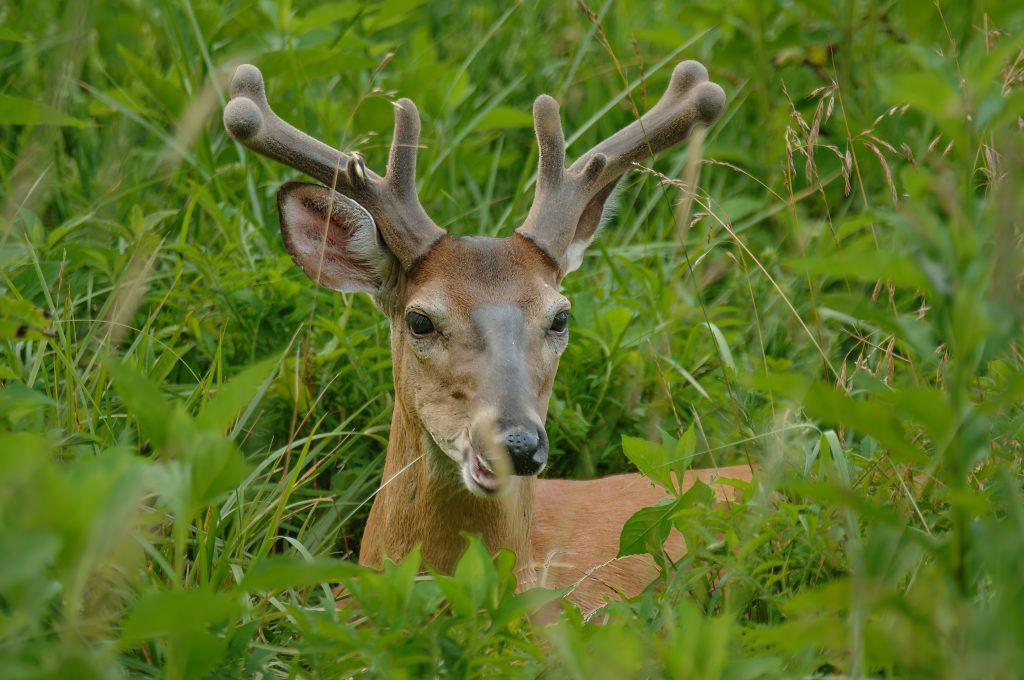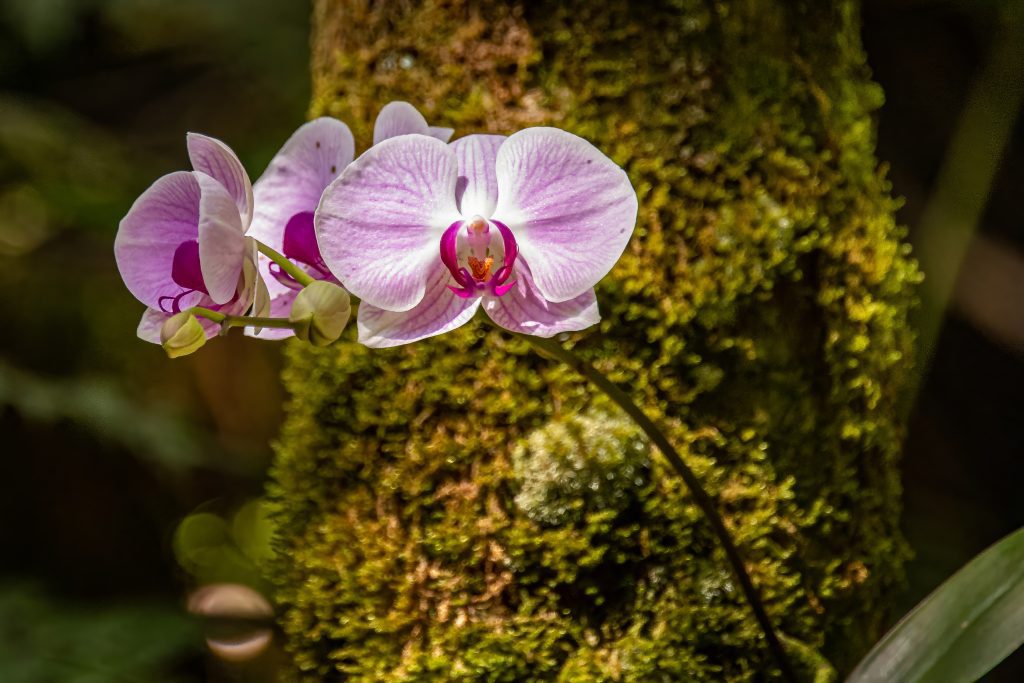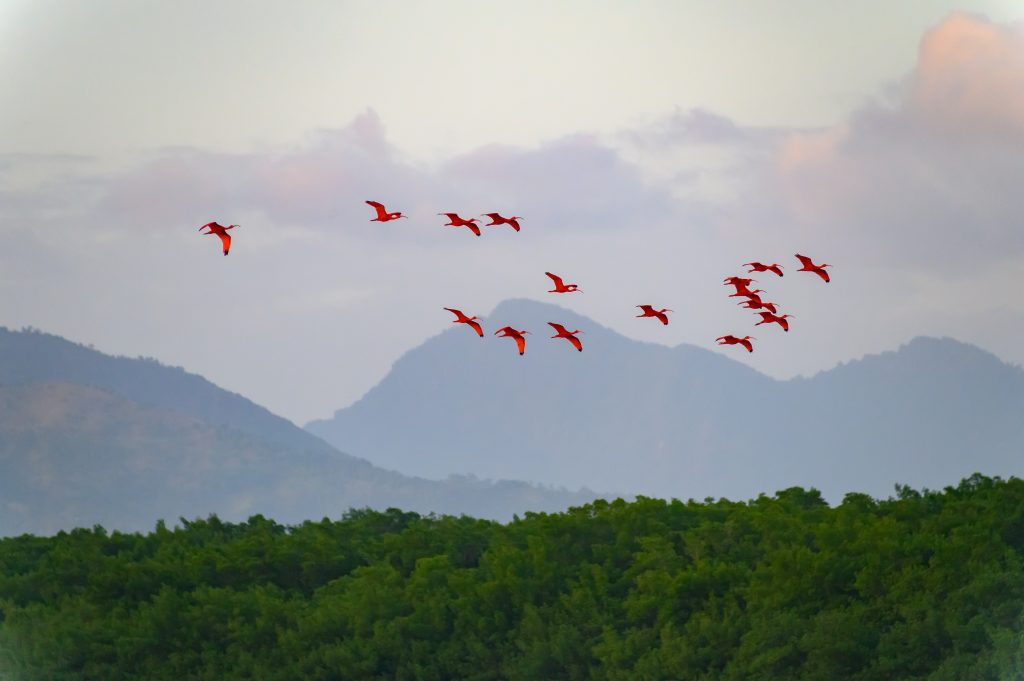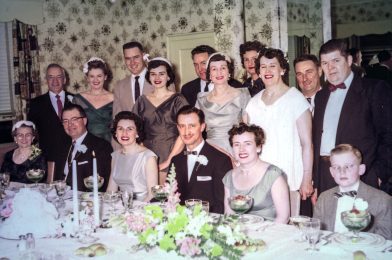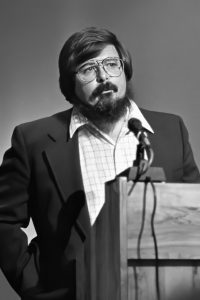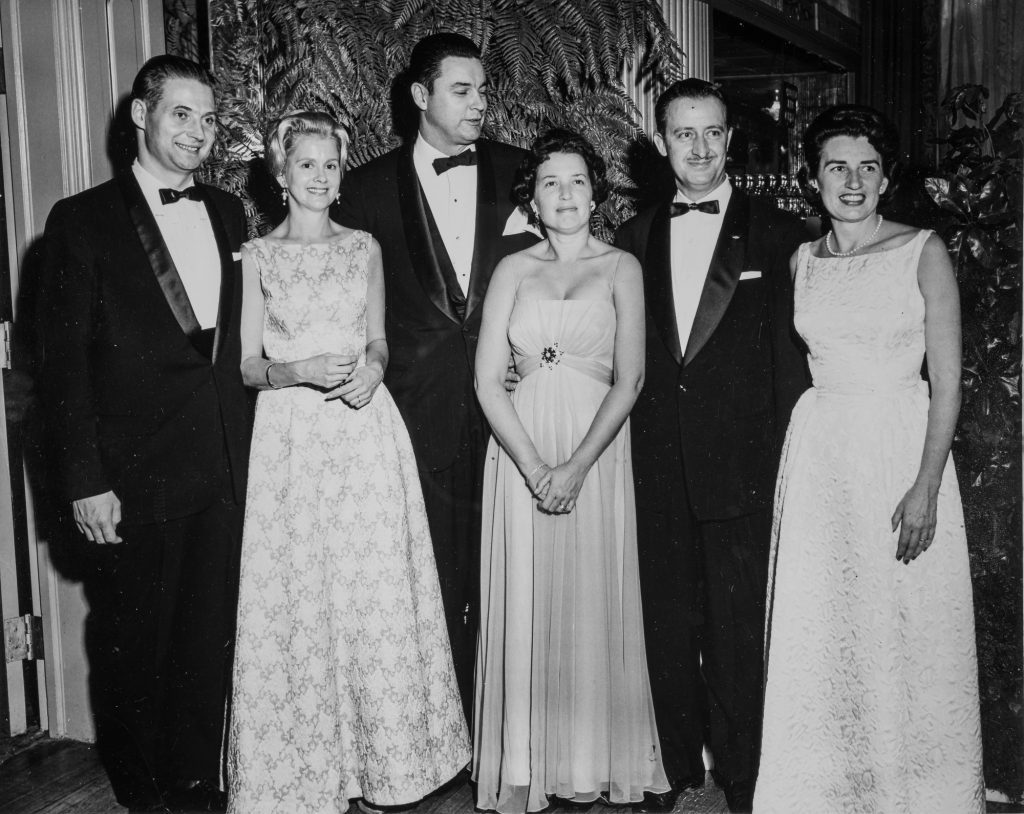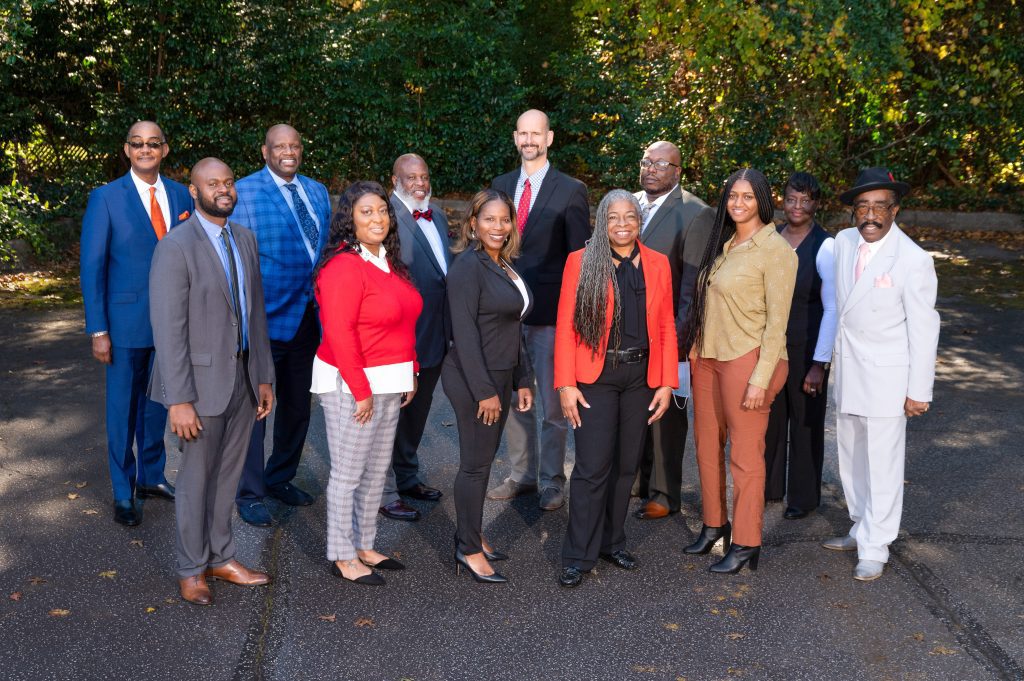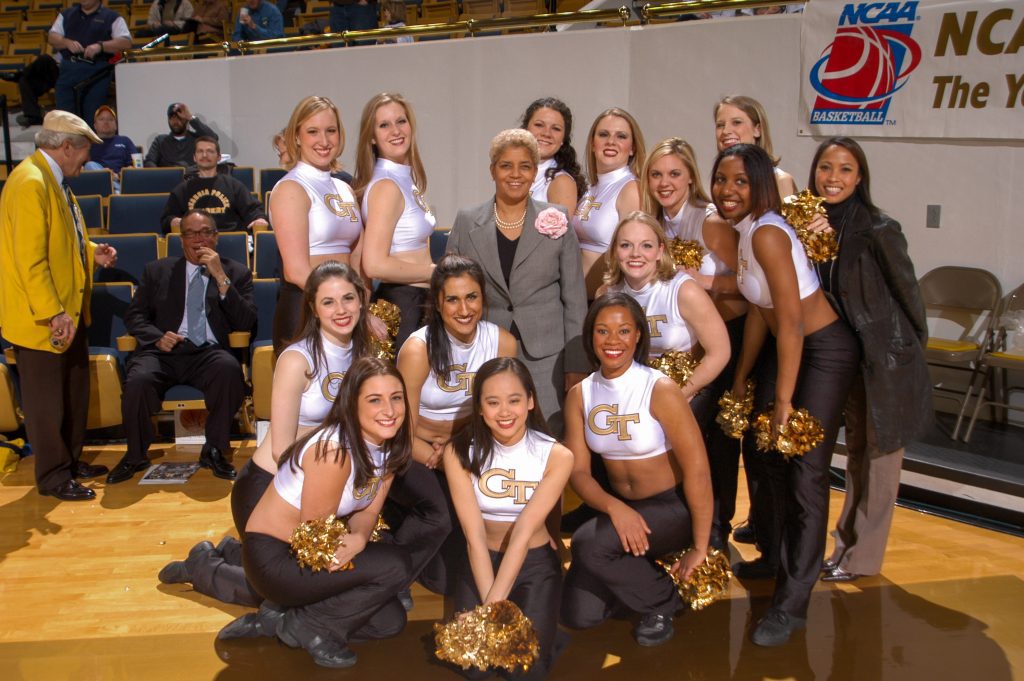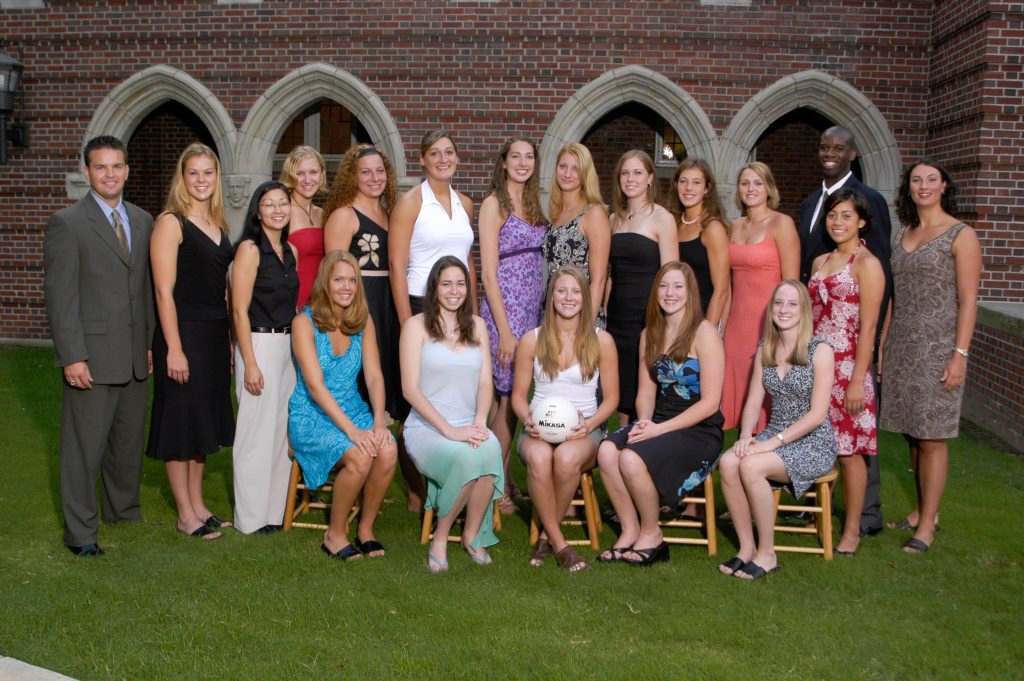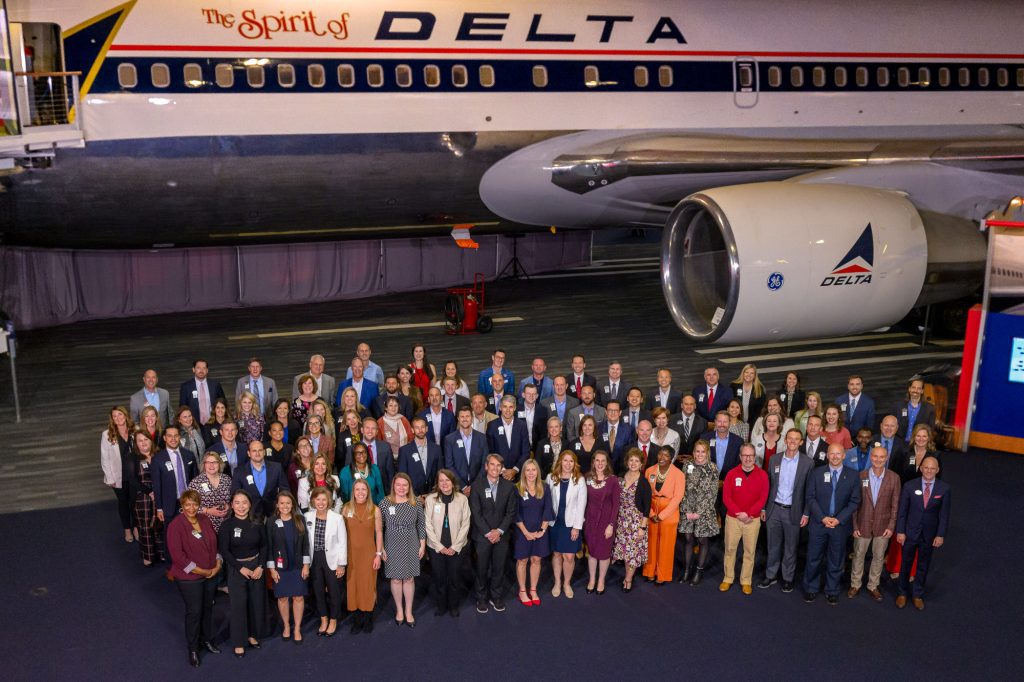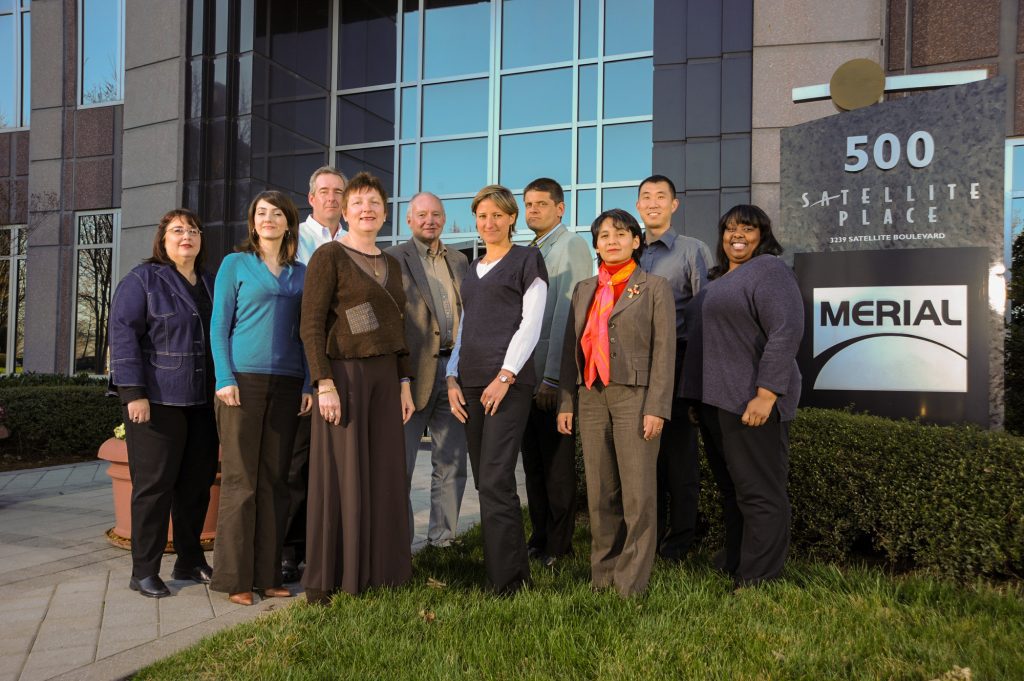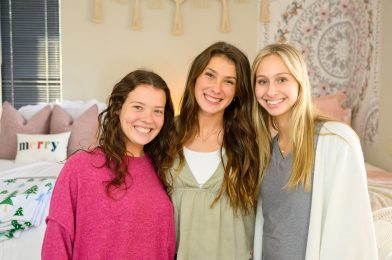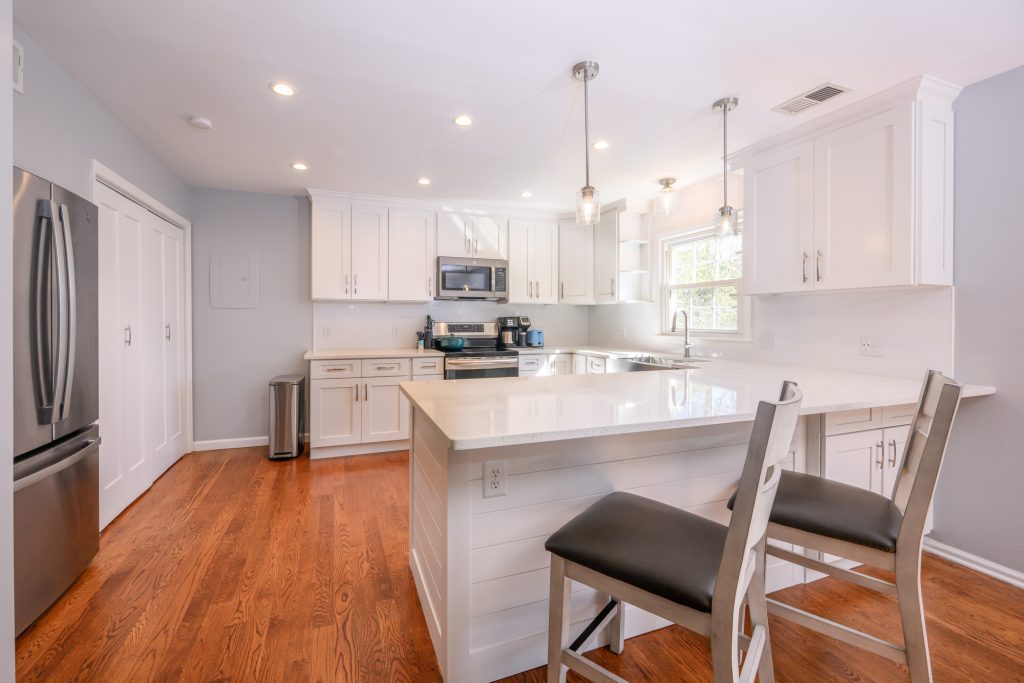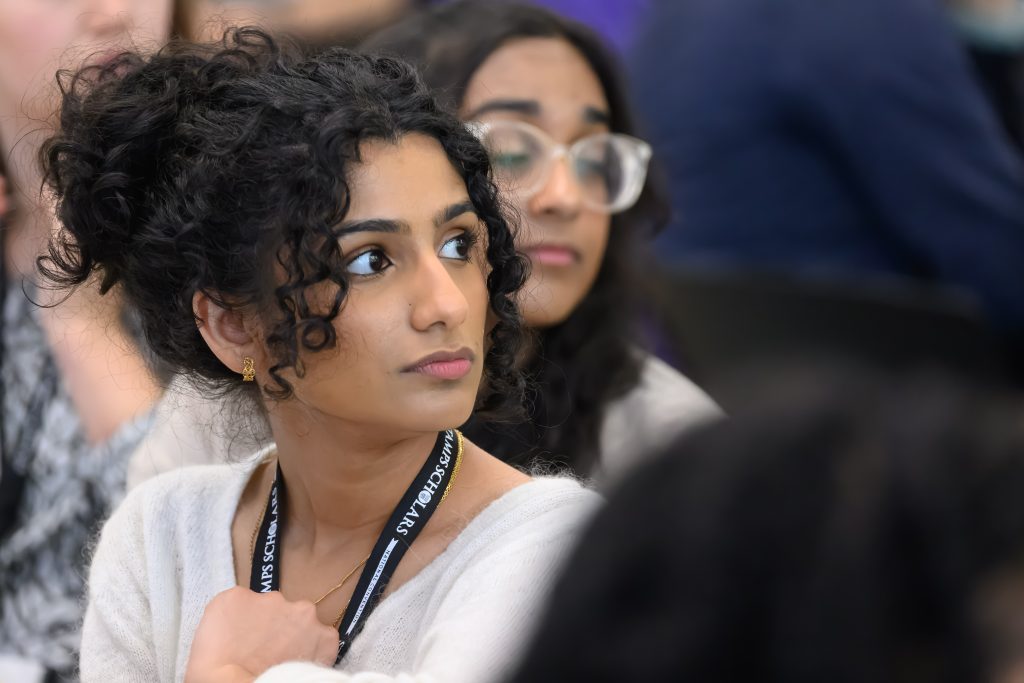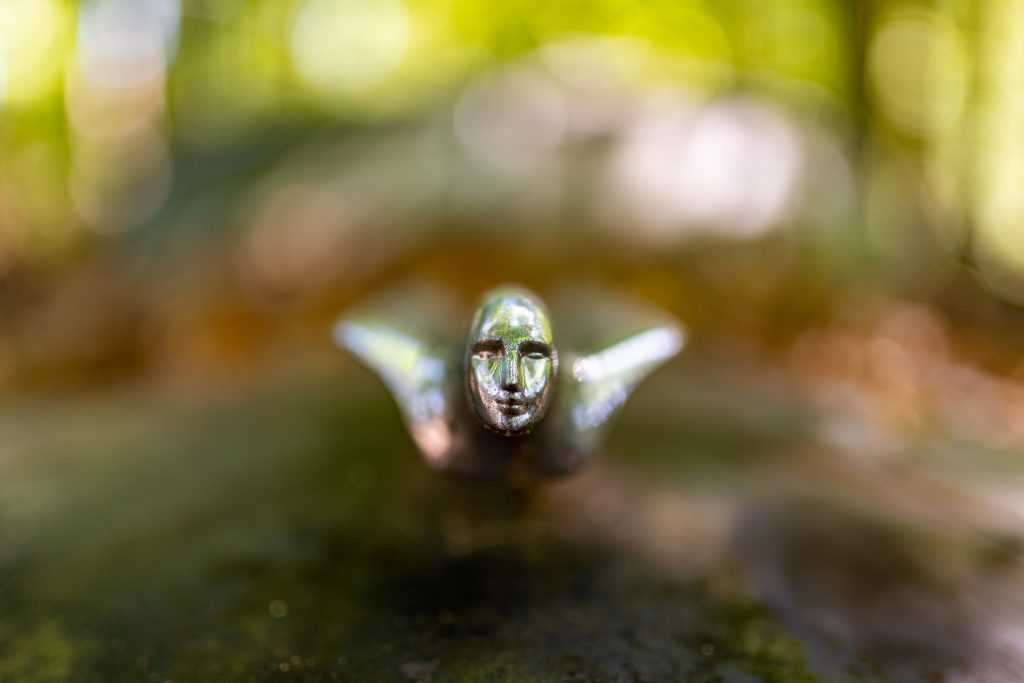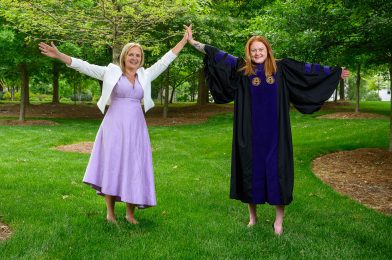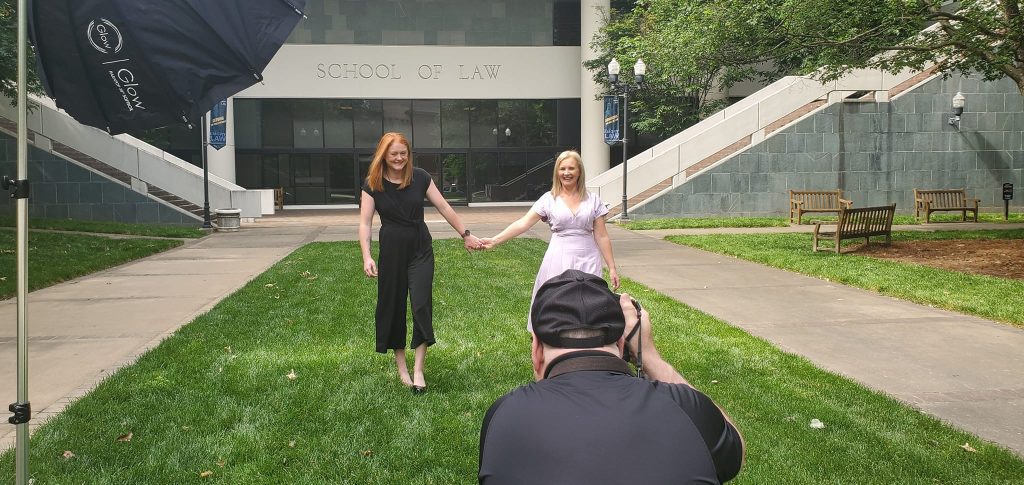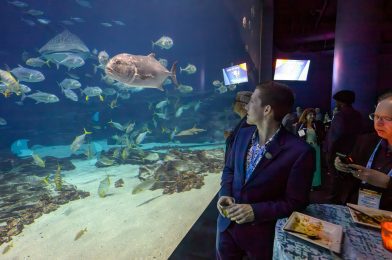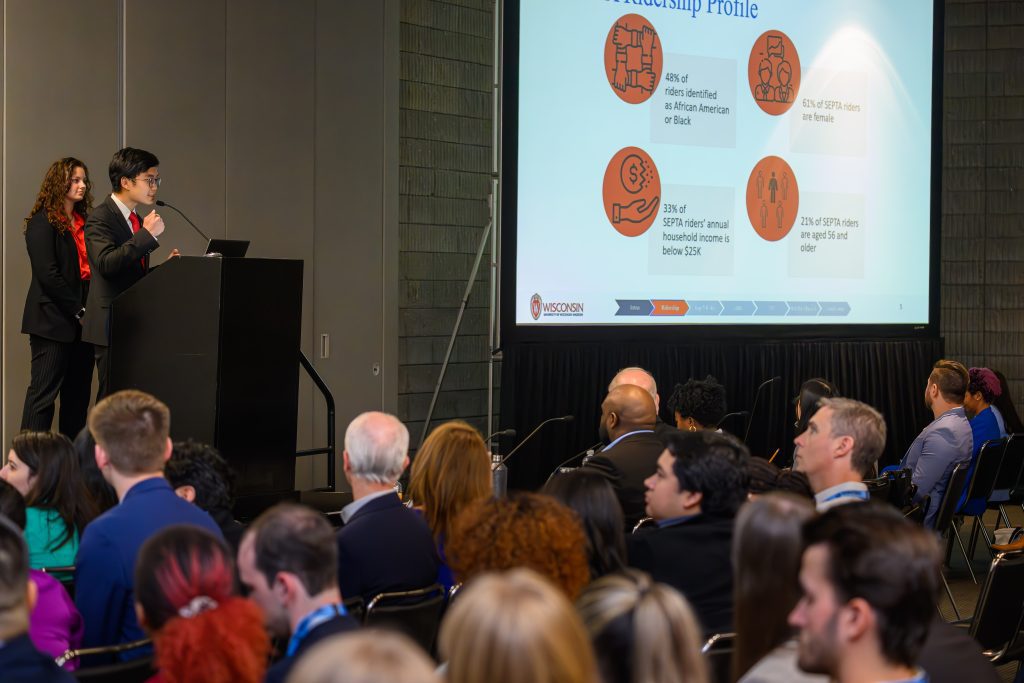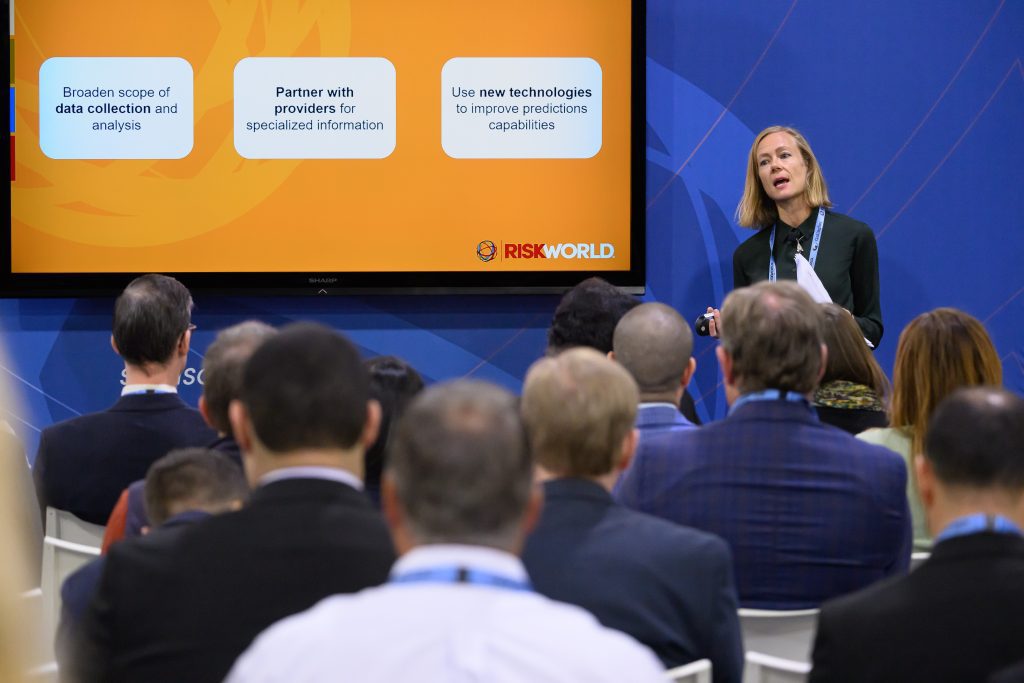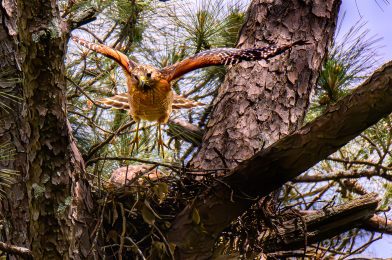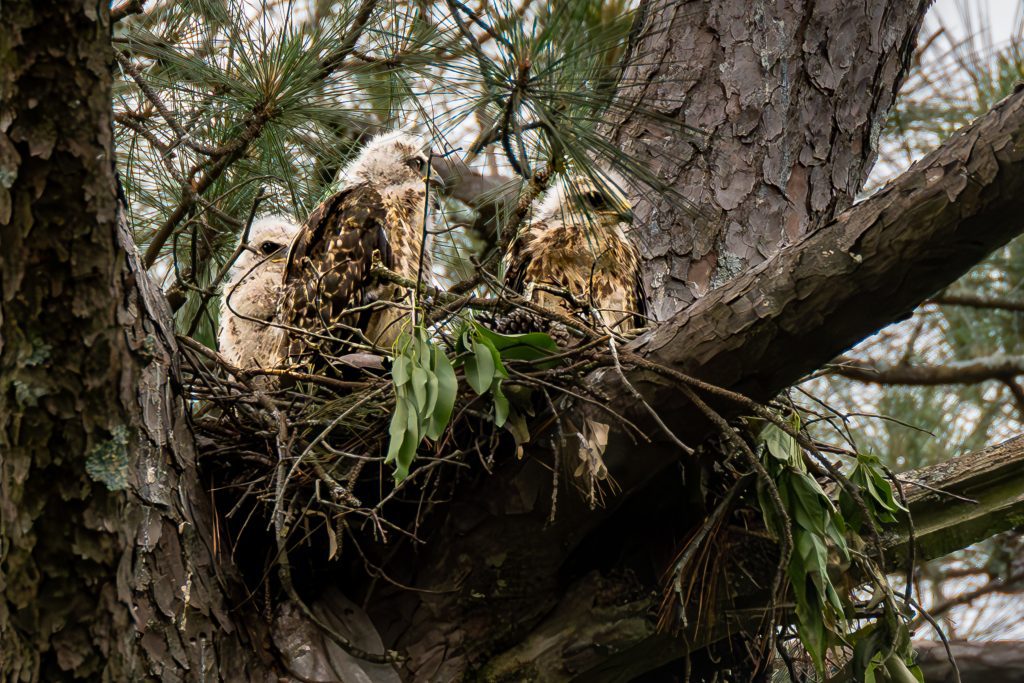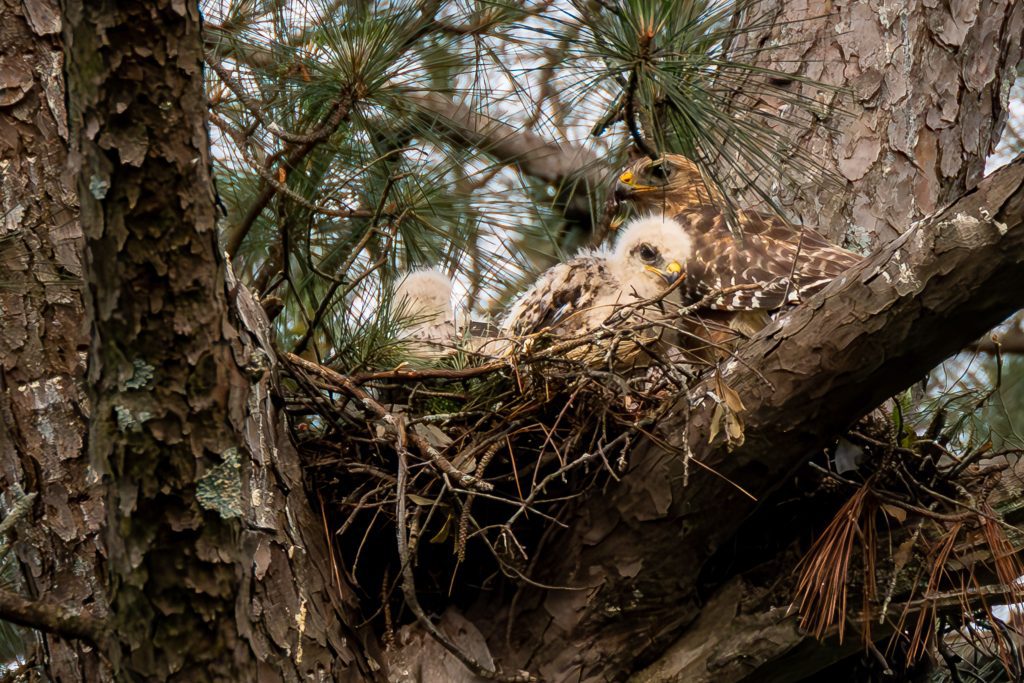George Haines, one of the students in the Storytellers Abroad Multimedia Workshop, is doing a video portrait of the family in front of the coffee shop they own in Porto Alegre, Rio Grande do Sul, Brazil.
As a passionate storyteller, I recently found myself in the vibrant city of Porto Alegre, Brazil, embarking on a new teaching journey. My mission is to guide a group of enthusiastic students in storytelling. Little did I know that the most challenging aspect for many of these aspiring storytellers would be crafting a compelling narrative storyline. Through this experience, I realized the importance of understanding the hero’s journey, the need for a guide or resource, and the significance of purposeful storytelling in business or nonprofit contexts. Join me as we explore the intricacies of constructing powerful narratives that captivate audiences and inspire action.
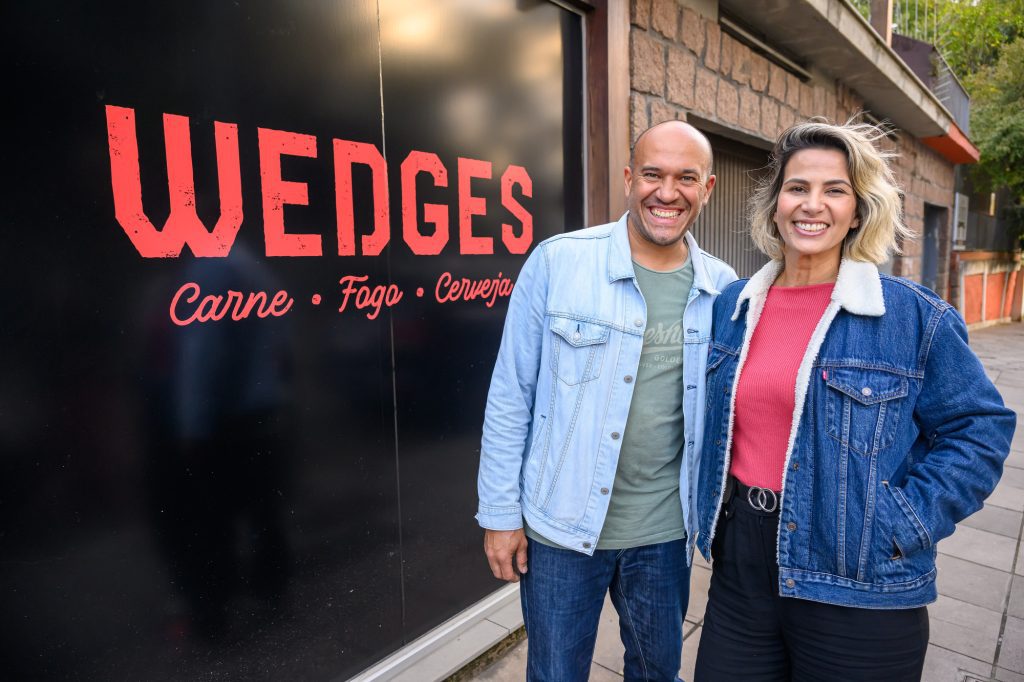
- Setting the Stage: Life Before the Crisis
Every captivating story begins by illustrating the hero’s ordinary life before an unexpected crisis or tension arises. This phase helps the audience to empathize with the protagonist and establishes a baseline for comparison as the story unfolds. Storytellers create a relatable starting point that engages listeners or readers by showcasing the hero’s daily routine, desires, and challenges.
- The Call for Assistance: The Hero’s Journey Begins
In the hero’s journey, the protagonist cannot overcome the crisis alone. Instead, they require a guide or resource to illuminate the path toward a solution. Whether a wise sage, a magical entity, or a supportive companion, this mentor imparts valuable knowledge, advice, or tools to the hero. This pivotal moment sets the hero on a transformative journey, highlighting their vulnerability and need for guidance.
- Taking the Necessary Steps: The Hero’s Transformation
Armed with newfound insights, the hero embarks on a journey to resolve the crisis. Each step they undertake is essential for their personal growth and eventual triumph. As storytellers, we must vividly illustrate the hero’s challenges, successes, and setbacks. This narrative progression engages the audience, allowing them to experience the hero’s transformation firsthand.
- Returning to Normal Life: A Changed Hero
Having successfully navigated the trials, the hero returns to everyday life, but their journey forever alters them. This transformation is a critical element of the story, revealing the hero’s newfound strength, wisdom, or resilience. Storytellers leave a lasting impression on their audience by highlighting the impact of the hero’s journey.
- Crafting Stories for Impact: Business and Nonprofit Contexts
Beyond traditional storytelling, crafting narratives for business or nonprofit purposes requires an additional layer of intentionality. A story with a call to action must effectively communicate its purpose and resonate with the target audience. Understanding the hero’s journey, challenges, and transformation becomes crucial in influencing the desired response from the listeners or readers. Whether inspiring donations, fostering customer loyalty, or advocating for change, purposeful storytelling empowers organizations to make a profound impact.
Conclusion:
Teaching storytelling in Porto Alegre reminded me of students’ challenges when constructing narrative storylines. Mastering the art of storytelling requires a deep understanding of the hero’s journey, the role of the guide or resource, and the significance of purpose and impact. Storytellers can captivate their audiences and achieve their goals by meticulously crafting narratives showcasing the protagonist’s transformation. So, let us embark on our storytelling journeys, where every word and plot twist has the power to captivate hearts, inspire change, and shape the world around us.

